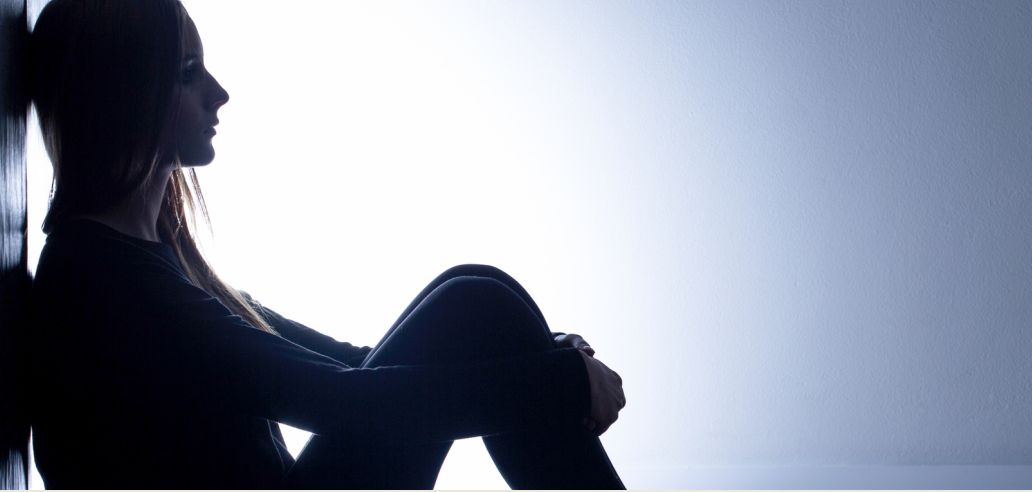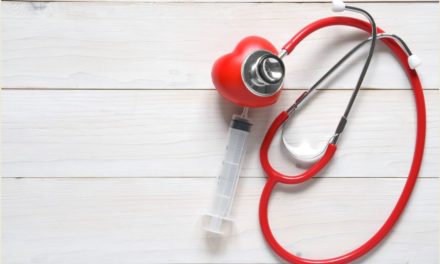SAD is an acronym for “seasonal affective disorder”. It is caused by the shortage of natural light available in the fall and winter, when the days become shorter. Symptoms of SAD include fatigue, depression, overeating and weight gain. Patients with SAD respond well to full-spectrum light. Sitting next to a light source for one half hour each day will reduce symptoms. To quote researcher Randall Flory, a professor of psychology at Hollins University, in Roanoke, Virginia, “Bright light treatment is definitely the treatment of choice for SAD.” Flory’s study was presented at a meeting of the American Psychological Society. The study also found that room air ionizers help reduce symptoms of SAD. The ionizers help increase negatively charged particles in the air.
The subjects of the study were 140 women, observed over five successive winters. The light boxes were the most effective treatment. The women sat next to the light boxes for 30 minutes each day. The ionizers were somewhat helpful. The researchers note that the combination of the two would be very effective.
Earlier studies have shown that serotonin levels go down during the winter (both in people with SAD and in people who do not suffer from it). Prozac, Zoloft and other selective serotonin reuptake inhibitors (SSRIs) have been used to treat SAD, the use of light and the negative ion generators are more effective, according to Flory.
About 20% of all Americans suffer from SAD, or seasonal affective disorder. About 14% feel “blah” during the winter. Another 6-7% have more severe symptoms including clinical depression, excess sleep followed by daytime fatigue, increased sensitivity to pain, and social withdrawal. They also tend to overeat and gain weight (up to 40 pounds per season).
According to Flory, premenopausal women are four times more likely to have SAD than men. This may suggest a link between estrogen and progesterone, according to the researcher.





